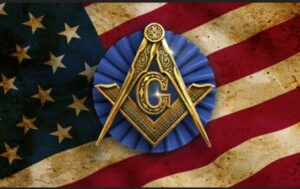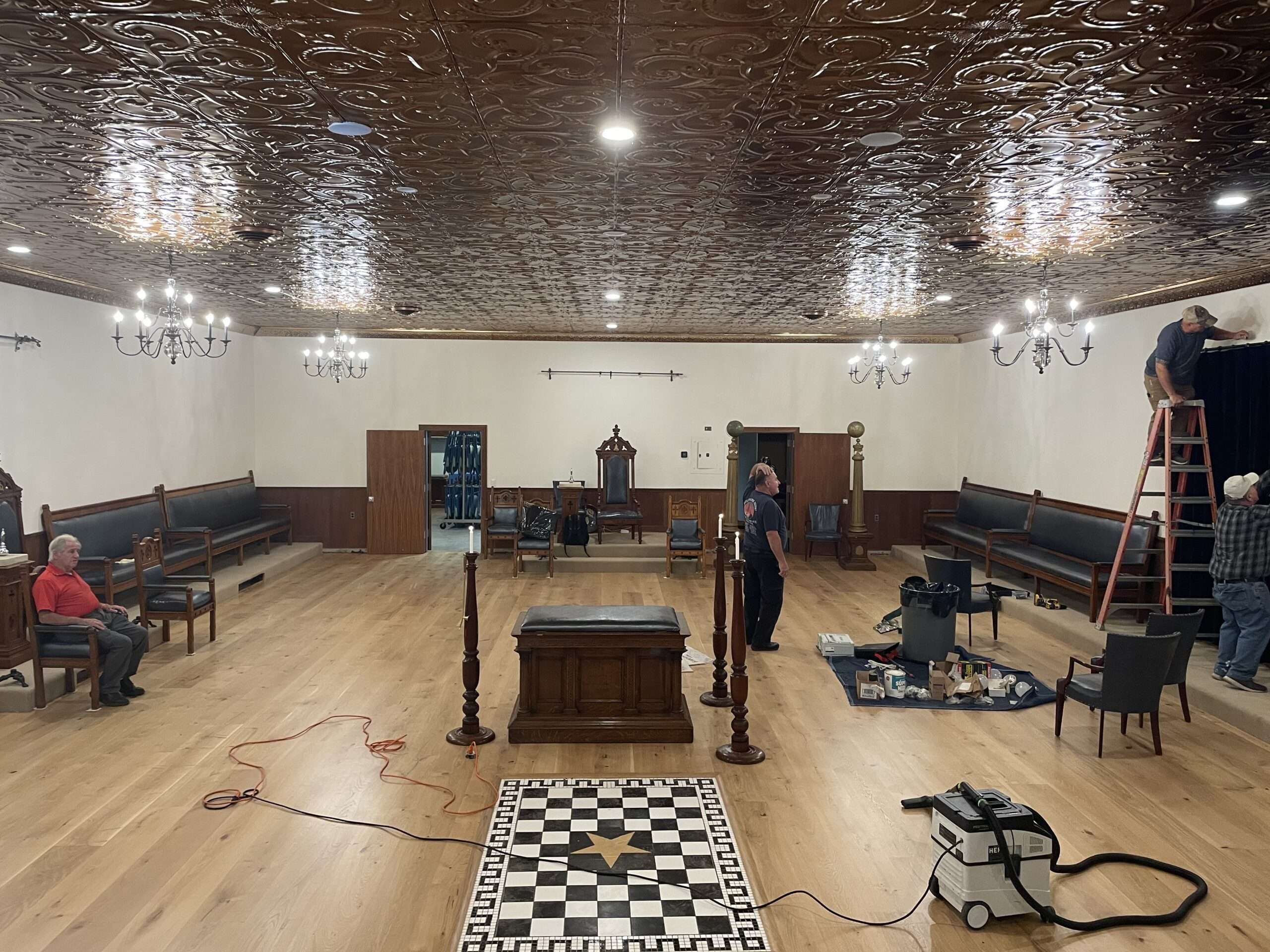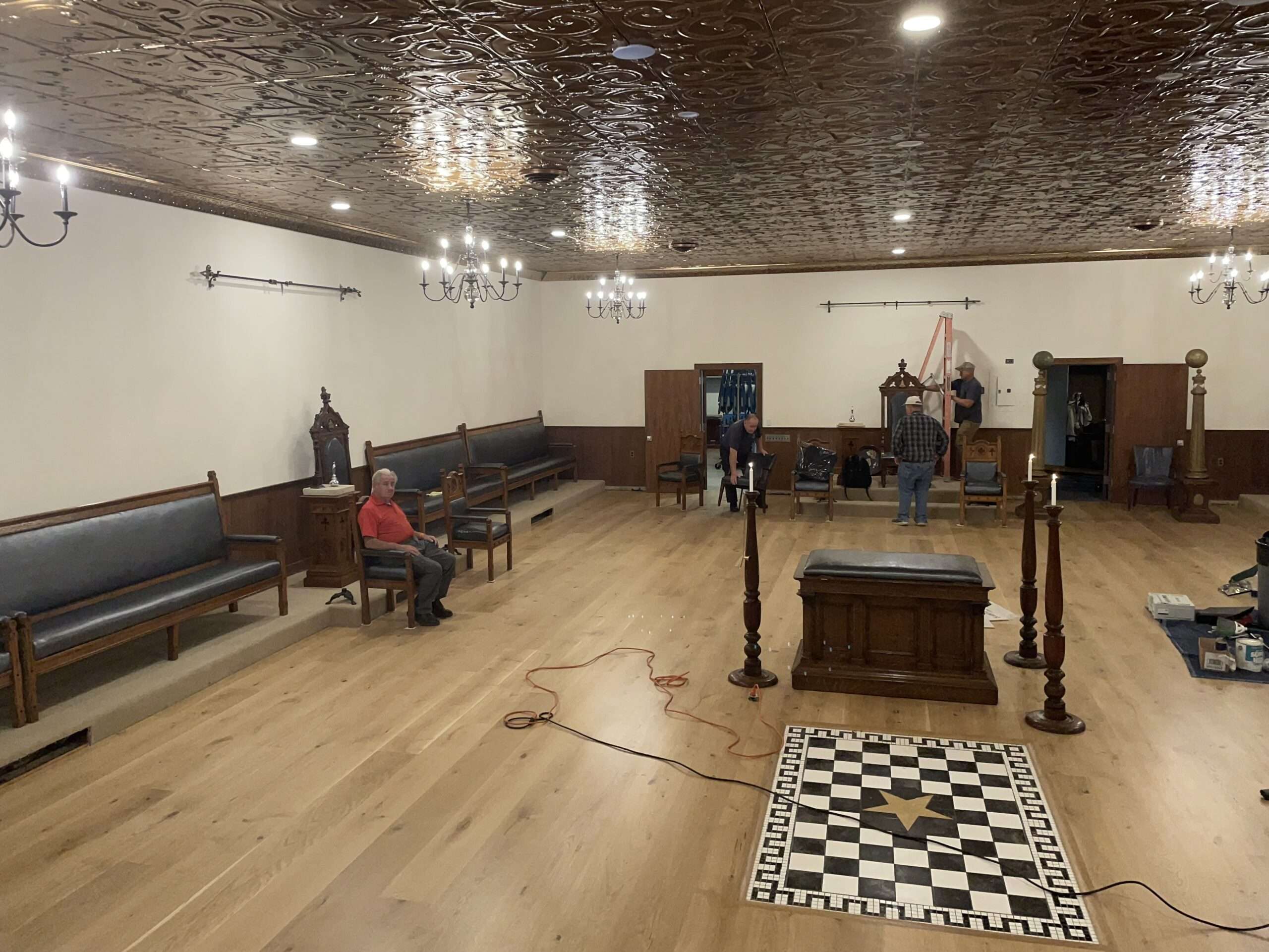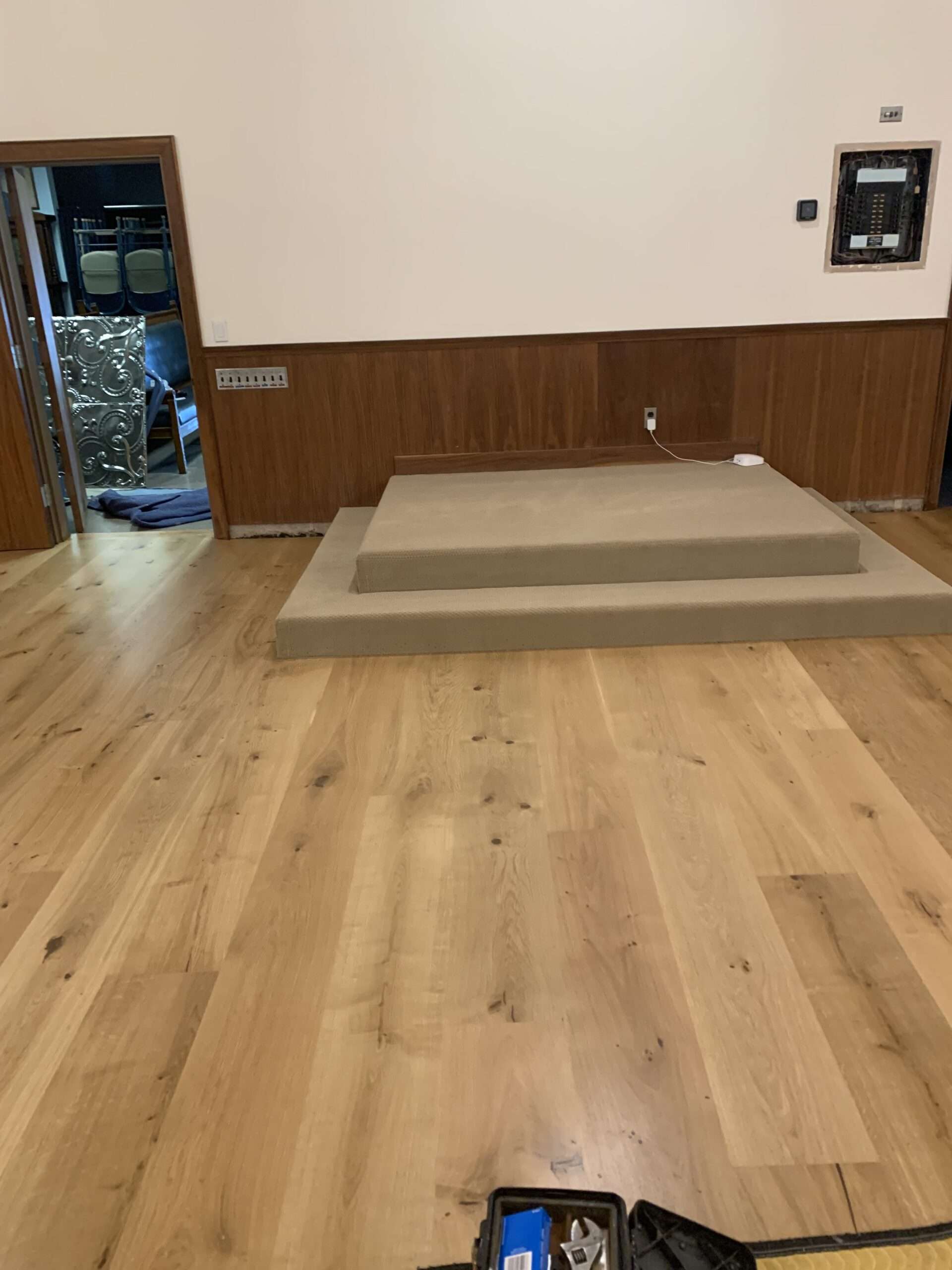Not that I believe many of my brothers need a history lesson, but I do believe that some may need to be reminded, if not the public at large. We tend to lean heavily on our famous members of the Craft when we speak to other men about Freemasonry, especially a man interested in the Craft. It almost predictable the conversation quickly turns to a listing of famous members, most long gone to that celestial lodge above. Invariably the founding fathers are particularly emphasized.
Why not? These men created a new nation, something never seen before. Although not perfect, probably the best form of government ever devised in the annals of all civilization. The beauty of the system is that it is not static and can evolve and improve. Those same founding fathers were insistent that the framework in which they labored over for years, be flexible and malleable enough to adapt to human civil society as society changed. We know from what has come before, that it does change, although slowly sometimes and then sometime radically.
So, what could have driven these men. Had they been unsuccessful they would have lost all, including their lives, in taking on at was at that time the most powerful military in the world. As we know many were Freemasons, not all, probably not even a plurality. One cannot deny the influence of our Brothers was there, there in the writing of the Declaration of Independance, the Constitution and many of our founding documents. If we look at a portion of the Declaration of Independance, it seems evident to me that if not directly Masonic, definitely influenced but Freemason ideology.
We hold these truths to be self-evident, that all men are created equal, that they are endowed by their Creator with certain unalienable Rights, that among these are Life, Liberty and the pursuit of Happiness.–That to secure these rights, Governments are instituted among Men, deriving their just powers from the consent of the governed, –That whenever any Form of Government becomes destructive of these ends, it is the Right of the People to alter or to abolish it, and to institute new Government, laying its foundation on such principles and organizing its powers in such form, as to them shall seem most likely to effect their Safety and Happiness. Prudence, indeed, will dictate that Governments long established should not be changed for light and transient causes; and accordingly all experience hath shewn, that mankind are more disposed to suffer, while evils are sufferable, than to right themselves by abolishing the forms to which they are accustomed.

The Declaration goes on from here basically as hate mail to King George III, as it then goes on to list his injustices, “usurpations” and abuses, at least as the colonists saw it. In essence these “cheeky” men were challenging the most powerful nation on the planet to a duel. The above paragraph is the idea that governments and rulers do not have a God given right to govern as was well thought and established in Europe and most of the world at that time. No in fact the governed gave that right to the ruler and could remove that ruler if they so choose. This was the radical idea that turn hundreds and hundreds of years of history and tradition on its head. These men that we see in paintings as so astute and stoic, were indeed rebels, radical rebels at that. They did not believe in anarchy and new there had to be a ruling government, however this government should be chosen by the people. They knew that the government needed to be established and ready to go if they happen to succeed and break free of what they deemed
tyranny.
Its and established fact that out of the 56 signers of the Declaration of Independance, 14 were known Freemasons. Although it’s principal author, Thomas Jefferson, was not. The audacity and bravado of these men in retrospect is on full display if you look that the signatures. The most prominent is that of John Hancock. Hancock was the President of the Continental Congress on July 4th, 1776, and as such was the first to sign the document. His signature stands out from the rest as it was rumored that Hancock when asked about this said that he signed it so that King George could read his signature without spectacles. Indeed, Hancock could be counted as the nation’s first President. It was also rumored that a bounty was placed on Hancock’s head when the document reached the British government.
Other prominent Freemasons of course played pivotal role in forming and shaping the newly founded United States of America. So, July 4th is the date that was chosen to celebrate the country’s independence. But the Declaration was just the opening act, it took 7 long years until the treaty of Paris was signed and the British empire recognized American independence. September 3, 1783, to be precise. So why July 4th? In effect we are actually celebrating the opening act of rebellion, not actual independence. So, Independence Day should be “Declaring Independence Day”. I imagine this would be too long to use as a salutation on July 4th, so shortened to Happy Independance Day.
Either way this is a day for all Americans to come together to show pride in the nation that has endured and grown through the centuries. As we gather in backyard and parks to BBQ and enjoy the day with friends and family, always consider the sacrifices made by those that came before us to secure those freedoms and liberties.















